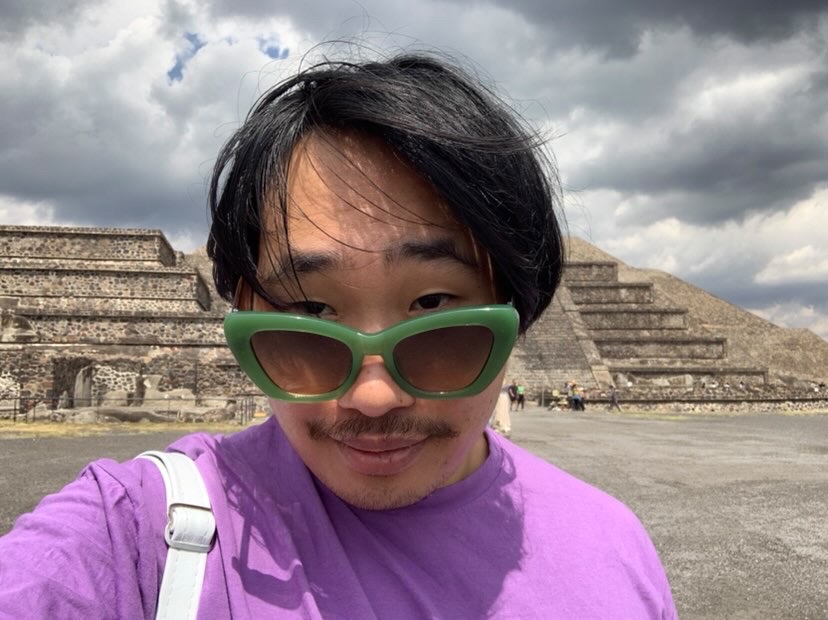October 2023, after a blitz of in-person work events, I decided to use a bunch of compensatory time for an overdue vacation.
As I have lamented before, Vancouver International Airport (YVR) despite being the largest airport in western Canada has abysmal options for direct flights. No idea why. But, it frustrates me and many other denizens of the Lower Mainland.
One reliable flight I do know of is to Mexico City or Ciudad de México or CDMX: the capital. There is a well-known red-eye that tourists and nationals use to jet set alike south.
So, after not so much convincing and coordination with friends living in the city, I decided to book a getaway to Mexico with an additional excursion north to Hermosillo as well to see my friend, Balba.
So, I was off! And, with that, I bring back some tips for first-timers in the Ciudad Monstruo!
Llegada / Arrival
Customs area at Aeropuerto Internacional Benito Juárez is a bit of a zoo, even at the best of times. For foreigners, there is not a faster approach than to just wait it out. Mexican nationals can use other lines, which tourists also try to skirt through. Do not be one of those people.
The customs process itself is quite smooth, but if you do experience a language barrier, it might extend your interview time with the agent.
Once through customs (and after collecting your luggage), Línea G (Metro Boulevard Puerto Aéreo – Metro El Rosario) is available to take as public transport to the city centre. Take the tram to the Politécnico direction.
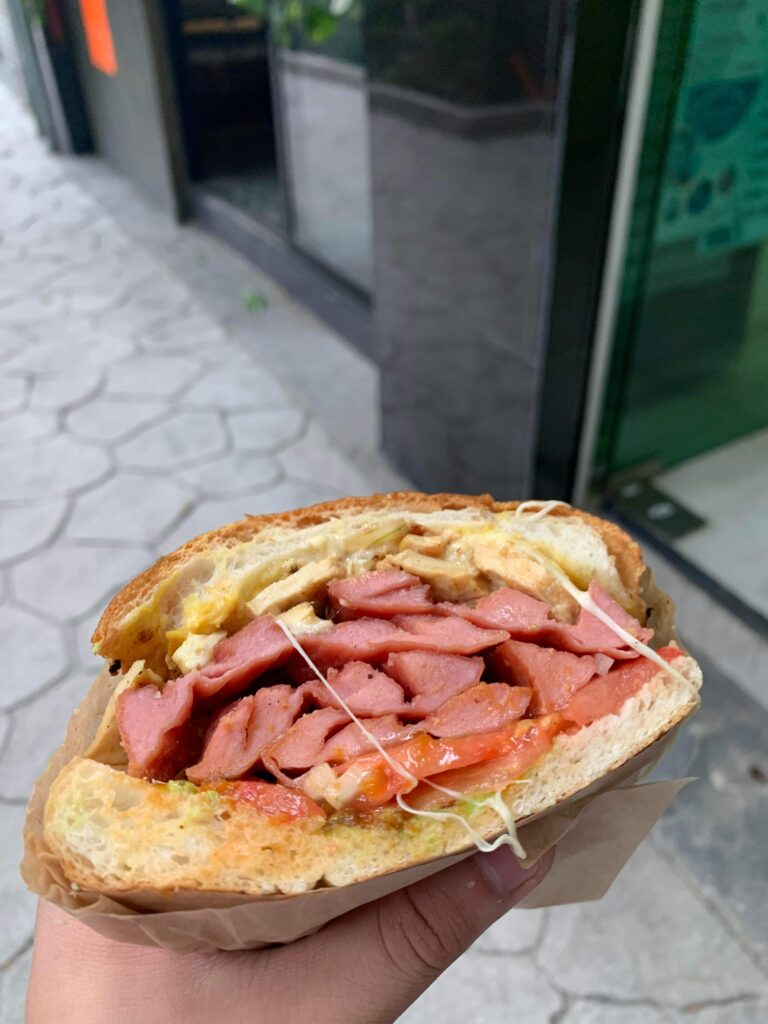
Taxis will also be available, but the prices are steep. Ubers (which technically are not legal to operate at the airport, but try to stop them …) will come up to about 200-250 pesos (MXN) or about 17 CAD. In a taxi, it will be around 40 CAD.
I took a taxi from the airport to my hotel in Reforma (a large tourist district), but frequented the metro system and buses internally in the city. I would highly recommend using public transport and Ubers over taxis unless you are exhausted and have no other options. The city’s subway lines and bus networks are quite extensive. As long as you have wifi (or internal compass), you can navigate effectively through a little trial and error.
Touristy Things I Did
If you are on Mexican TikTok or other social media, you will know that locals jest that gringos tend to stay to certain areas in the capital.
Zona Rosa is one of those with much shopping and nightlife for tourists and locals alike. It is part of the larger Colonia Juárez area, which is known for its gay community and newer Korean community too. So, score for me.
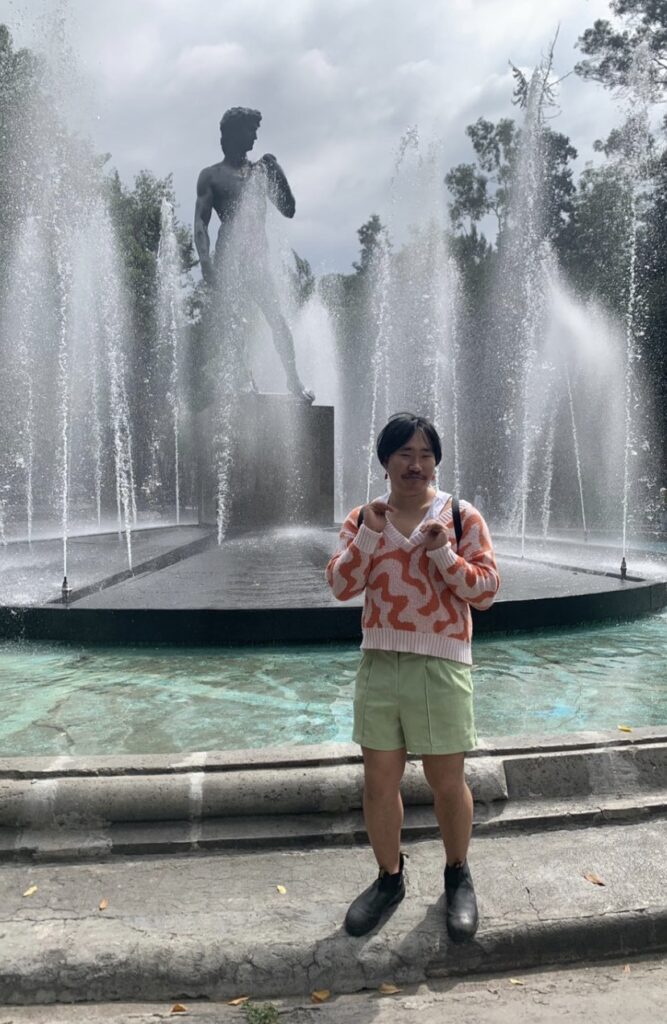
To the north of Colonia Juárez sits Colonia Cuauhtémoc. This area has more skyscrapers and embassies, including the US and British consulates. The US one is not favoured by residents due to the heavy security (and often traffic) around the location.
Due to recent, relaxed visa programs (Temporary Resident stream) and powerful passports, there has been an influx of foreigners into Mexico, especially the capital. This shift has caused a inflation and housing costs to rise considerably for locals. As one might expect, these jumps are not welcomed by Mexican nationals. Some new residents also are overstaying or skirting the visa process entirely, working without documentation in the country.
Tensions fluctuate, but there is growing animosity correlated with the gentrification of the city and in some views, colonization by new Anglophones.

While visiting, for restaurants and cafés in this area, I would suggest Cicatriz (which translates to ‘scar’), Chetito, Overeal Café & Vintage, and Guau Tap.
Strolling through La Condesa, Roma, and Roma Norte (both in Colonia Cuauhtémoc), you will hear a lot of loud English. A lot. It is actually a bit jarring to hear tech jargon and complaints about stocks juxtaposed by the Neo-Classical architecture and tranquility of the neighbourhood’s greenery.
For food in these neighbourhoods, I would recommend Yeccan Restaurante Cervecería, DrunkenDog Cervecería, and campobaja.
For visitors, these regions are areas where you might be able to use English more reliably if Spanish is not in your wheelhouse. However, the reception might be a bit colder than usual given these recent demographic patterns.
At one point as well, I wandered into Magdalena de las Salinas and Pro Hogar too. These areas are not touristic really at all. Why you may ask was I here? Transit detour. Occasionally, you will need to switch stations or buses due to repairs, which will take you off the beaten track. Enjoy!
Finally for food recommendations, avoid Taquería Orinoco (especially in the Condesa location). For some reason, it is rather popular; however, the restaurant is reliably rumoured for its bad hygiene practices and vermin.
As an alternative, La Casa de Toño (which might seem rather touristy for my taste) is a quick meal that even local residents enjoy with its staple menu and quick service. If you cannot decide on where to go, or find yourself out in need of an easy lunch, this spot will do the trick with one of its many locations.
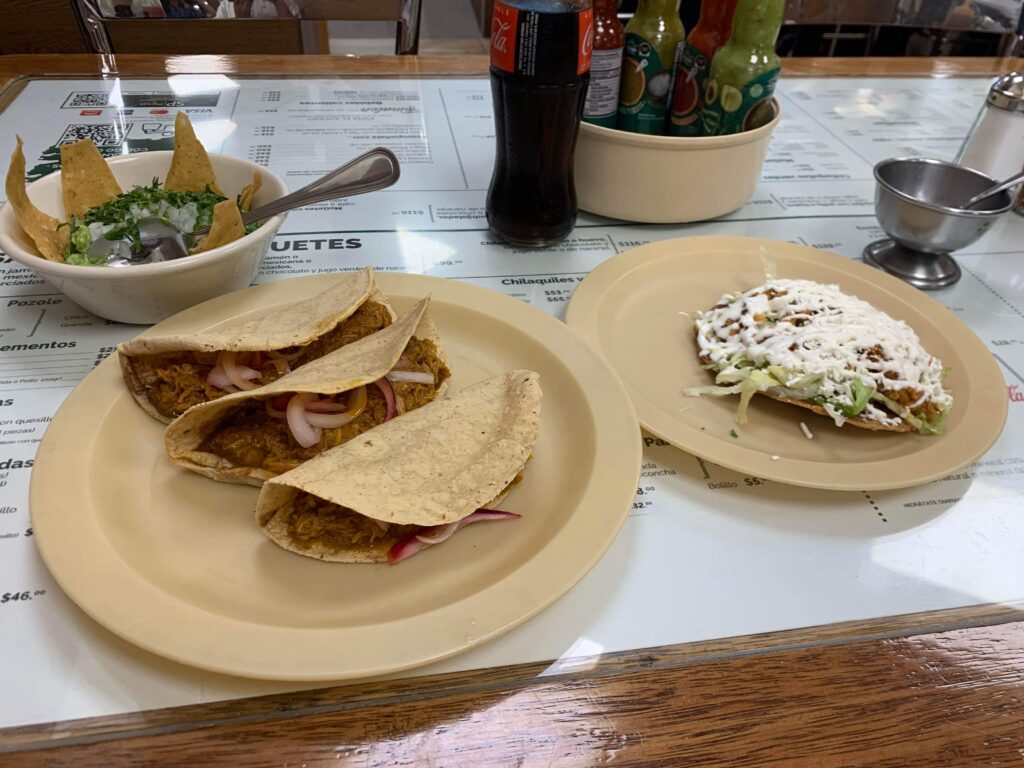
Oh, and street tacos are fine (as well as tortas) as long as other people are eating there. Street burgers, however, after a night out on the town, avoid at all costs. Notorious for food poisoning, which I learned the hard way (as well as after by friends warned me post-cramps). Sigh.
Chulo Estudio
While in the city, I treated myself to some new tattoos from an artist I found on Instagram.

When it comes to social networking, Instagram is heavily used by Mexican businesses. Before visiting or as you traverse the city, start following any local brands or restaurants that pique your interest. It is likely that any upcoming events or pop-ups will be promoted as well as special offers first through this channel.

Chulo Estudio is located in Colonia Nápoles (Nápoles). It is mostly residential, but bustling with more businesses and all walks of life.
I had a great time at Chulo Estudio with my tattooer, @perrosobreruedas. I got a total of three tattoos (one flash & two customs) that embody my sausage queen, Sundae, my dog.
With the CAD conversion, the end total was about $180 including tip for all services. I wanted something peaceful to do one morning, which this excursion definitely was. And, outside the building that the studio operates from, there are a mess of torta stands that are top-tier if I say so myself.
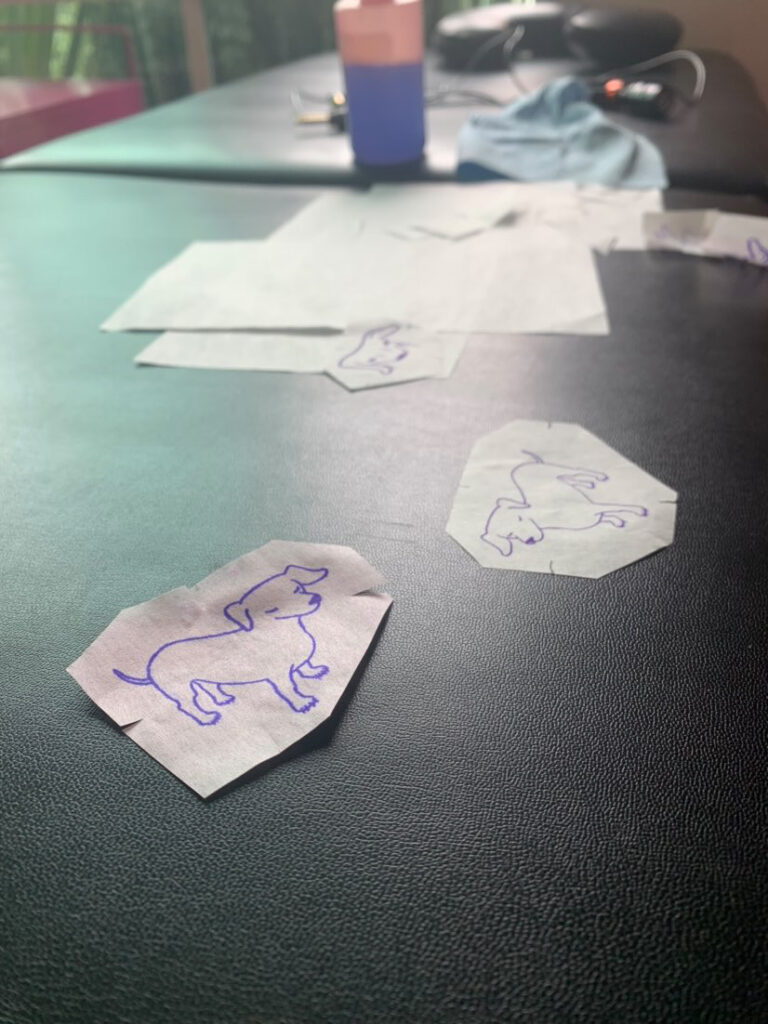
If you are looking for a bit of cute ink, I would recommend reaching out to one of the artists here and arrange a session. Chatting about the city and learning recommendations about what to do and where to go from the staff of a cool little indie, queer studio: best intel one could seek!
Museo del Objeto del Objeto
Outside of the main museum district, there is also this little gem of an attraction that I recommend for anyone spending ample time in la Roma.
The Museum of the Objective of the Object (MODO) is a one of a kind museum dedicated to communication and culture. Located in the heart of la Roma, it has small exhibitions that rotate with central motifs of Mexican history and physical media.
It is well worth a visit for an hour or so. Whilst there myself, the exhibition at the time was all on Mexican medicine and health practices nationally. It was fascinating to witness and tour. Other past exhibitions of note include drink containers, writing utensils, the life of Vicente Fox, and most recently, voting and national campaigns in the country.
¡Llegan los Homosexuales!
I also partook of course in some nightlife while out. My hotel was right by a strip of local gay bars, so some friends whisked me out on an eventual weekend for a romp.
Two bars next to each other that we ventured into are El Almacén and El Taller (Florencia 37, Juárez, Cuauhtémoc). The former is a more conventional gay bar with a mix of men, cheap beer, and a small drag stage. It is a frequent spot for my friends in the city.
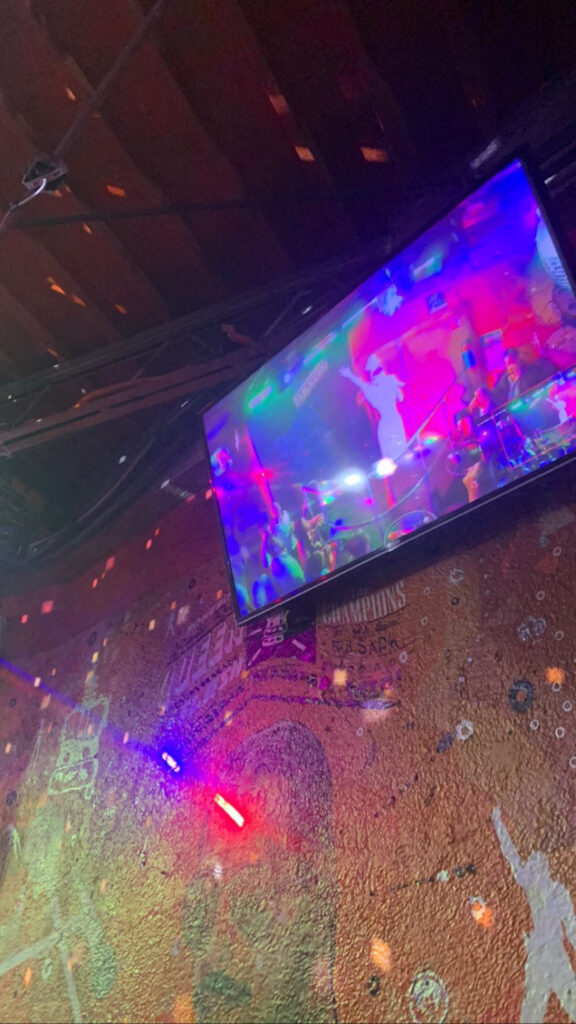
The latter, which is located next door, was a new experience for all of us. After descending a flight of stairs and getting shockingly cheap bucket drinks, the vibes were off. The gogo dancers outnumbered the patrons about 3:1, which was not saying too much.
With a bit of seedier atmosphere, we decided to finish our (massive) drinks quickly and resume the evening at El Almacén.
The other club I went to one evening was Blow Bar (Calle de Niza 40, Juárez, Cuauhtémoc). A multi-storied venue that is a bit pricer, this club attracts a younger crowd with Top 40 Latin pop and the abs of their dancers. I would definitely recommend El Almacén for a more intimate night out and to make connections in the city. Blow Bar is nice, but crowded and a bit much on all fronts. The drag performances there are top-notch though!
Zócalo
Zócalo is the name of the main plaza of the city, bordered by its most important (some would argue) historical buildings, National Palace, and other federal outfits.
It is a saturated location with foreign tourists, nationals visiting the site, and vendors galore.
Zócalo has been a historic gathering place since the Aztec empire to modern day where locals gather every Independence Day (September 16) to exclaim and celebrate in the traditional El Grito in the square.
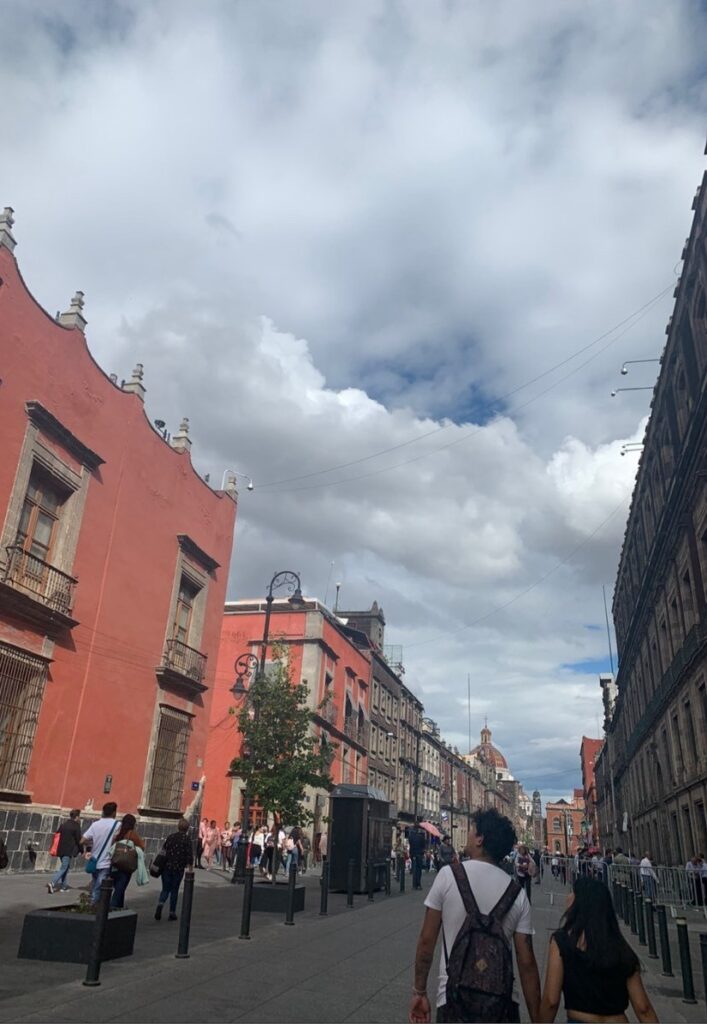
I mostly came to Zócalo out of obligation as a tourist. There was also an interesting exhibition on brujería (witchcraft) I heard about that was showing in one of the historic art centres. However, when I went to the location, the guard informed me that it was actually debuting later in the month. Damn adverstisements.
As I have never been a huge fan of being shouted at to buy things or big aimless crowds, I did not linger long here. While bustling and interesting to see the mix of peoples coming and going, Zócalo is also a pickpocket hotspot.
Tour (if you like), but I suggest doing it with clear direction and foresight.
Teotihuacán
Another obligation I had to visit was Teotihuacán: the massive Mesoamerican city complex outside of the capital.

Another huge tourist draw, Teotihuacán is accessible by bus from the Autobuses del Norte stop in the city. Buses come frequently even outside the tourist season due to the site’s popularity.
If facing the station, the ticket booths for Teotihuacán are located at the far left end of the building. If you get lost, any of the other booth attendants can direct you to the correct location; it is not their first time directing visitors to that stall.
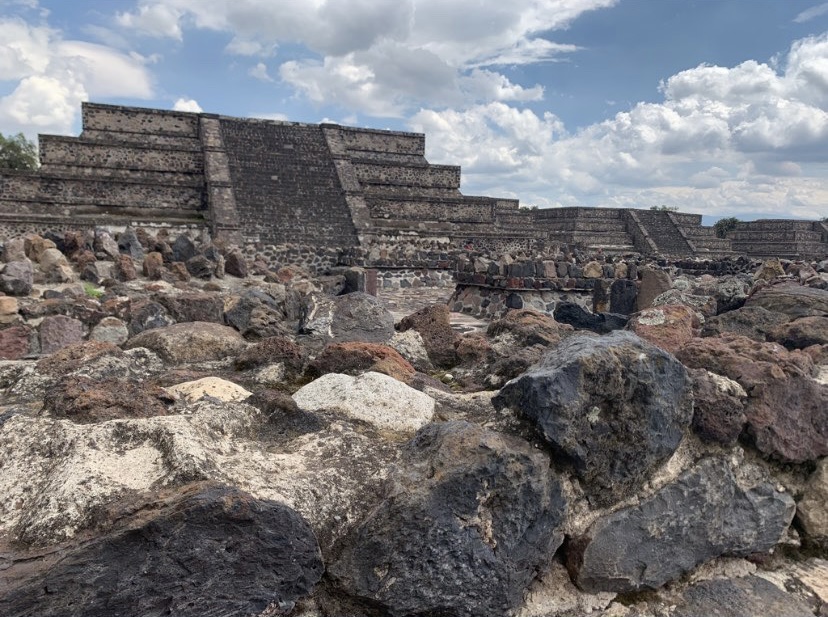
Prices cost around 50 CAD for a return trip, which you should take. The archeological site is about 30-40 minutes outside the city, and this bus route is the most direct line.
The booth attendants will direct you to the right gate once you buy the passes and then from there the drivers can confirm which charter to take.
As you head to the location, there will be multiple stops along the way. The area surrounding Teotihuacán is residential and a bit of tourist trap. People will be hopping on and off, coming to and from the capital, but stay whelmed. Do not exit in Maquixco or anywhere else along the way (unless you want to).
You only need get off at the last drop-off spot, which is the same pick-up spot to head back to Mexico City. It is unmarked, but the bus will reliably be there every hour or so. You just have to wait. (There are restaurants close by to the stop too if you want a quick meal before hopping back on back to the city.)

Once at Teotihuacán, you will need to purchase a ticket to enter, which is marginal in price. There will be tour guides there offering their services, which I would recommend if you are going in a larger group.
Otherwise, there are so many of them, that you can get away with eavesdropping a bit and filling in the blanks by going to one of the location’s many archeological and cultural museums.
Bring comfortable shoes and water! The city complex is uncovered and about 20 km2. The site’s stairs, while ancient, are also incredibly steep. Almost dangerously steep. Traditional whistle toys that mimic jaguars and birds might spook you on the way down, which are blown by vendors!

I will not go into the specifics of the history of Teotihuacán since 1) there is too much and 2) we do not know definitives about it either. There are still multiple discoveries still being uncovered in the area; it is an active archeological site.

Simply, my summary would be obsidian, multi-ethnic, and consistently occupied: Teotihuacán. For full details, I would also recommend a visit to the Museo Nacional de Antropología in the capital to learn more about this important heritage space.

The Museo Nacional de Antropología is also another major cultural site to visit. Located in the Bosque de Chapultepec park area, next to Condesa, the museum is housed adjacent to the Zoológico de Chapultepec (Chapultepec Zoo), Museo de Arte Moderno (Museum of Modern Art), and Museo Tamayo Arte Contemporáneo (Tamayo Contemporary Art Museum).
If you want to stay in the city but experience a myriad of cultural excursions, the Museo Nacional de Antropología could be broken into a few trips due to its massive holdings and physical expansiveness.
Sugerencías y Otra Wea
It had been awhile since I travelled to a Hispanophone country.
However, having lived in Latin America before, things felt remarkably familiar. I found myself reacquainting to senses and attitudes quickly once on the streets myself.

Acting a bit less rushed than I usually am (albeit I was on vacation). Maybe more talkative with waitstaff, more endearing with words (with ‘itos/itas’). I got into my rhythm.
Hopping the transit reminded me so much of doing the same in Santiago. I knew to keep my bag close (as locals do too) in the crowded comings and goings. On one journey, I also overhead three youths traversing the metro car (visitors too I suppose) with one remarking how – Damn, it’s really the city alright, they even have ‘chinos’ in the subway – sounds about right.
I had this assumption that the general cosmopolitan Spanish variants in Ciudad de México (del DF) were faster and somewhat stuffy. However, I was proven wrong. I have no idea from where I got this idea; certainly, I did not think everyone would sound like a dubbing either.
I spoke Spanish for the majority of the time there, only switching with my friends (who did not speak Spanish) or with my Mexican ones, frequently code-switching. Mexican slang is itself a whole other genre with which I have become familiar. My regional accentedness has waned in recent years, so I use fewer chilenismos than before and more easily accommodate to the speech I hear. By a week in, my ‘weones’ become ‘weys’.
The recent Korean infusion in Colonia Juárez was also a pleasant surprise. Speaking Spanish, but reading Korean all around me was not what I was expecting to do while abroad.
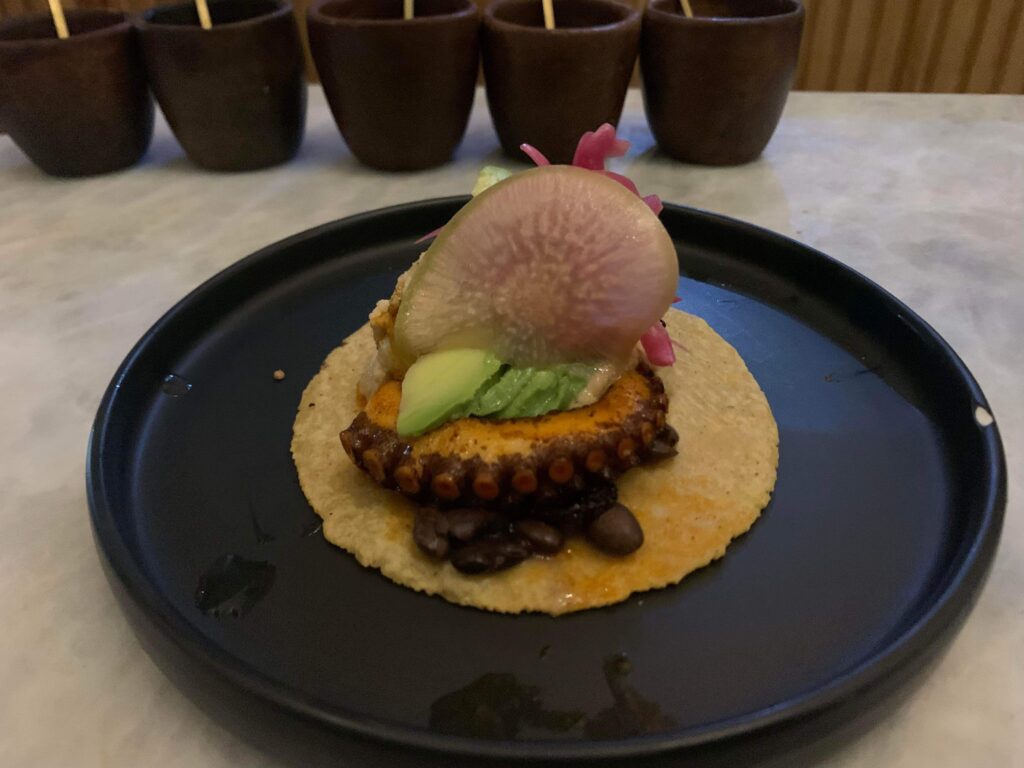
I had a lovely conversation with the chef/owner of Taller Xilotl about his new neighbours and was able to provide him some phrases to try while at the shops he has begun to frequent. Switching between Spanish and Korean is not a combination with which I am usually tasked, but one that I was more than happy to take. The free tequila as a gesture did not hurt either.
On that note, if you are going to Ciudad de México, I cannot stress enough – speak Spanish.
You do not have to be fluent, or confident, or do it well, but do try.
If you do not have great internet abroad on your phone, keep a small journal and write down the words you want to say, keep lists of foods and phrases, or write down what you hear even if it is not spelled ‘correctly’. Make it readable to you.
Practice pronunciation, but try.
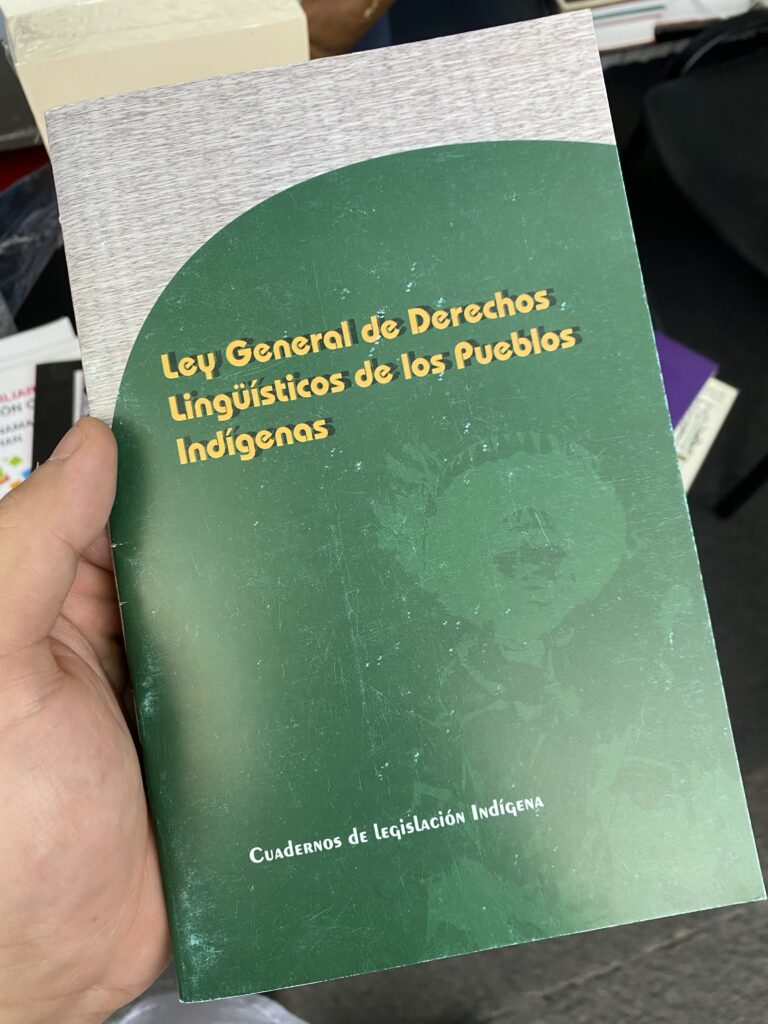
Try. Try. Try. Over 80% of recognised Indigenous languages in Mexico are also spoken in Ciudad de México. Take note of the Nahuatl, Mixteco, and Otomí too.
I will be back to Ciudad de México. I know I will. Despite its size, holding the title of the largest, most populated city in North America, it is not disorienting. No. It provides a great amount of perspective in its hustle and bustle. Having a little confidence, chutzpah, and calm mixed in is the right mindset to hold while there.
It is a big city, an international city, a multilingual city, and you get to enjoy it.
Though, I do not think think it will ever cater to you, or me, as a tourist, or even an overstaying guest. It is one of those cities. You could get lost in it, swallowed by it, or go along for the ride.
With that, I am finally done with my backlog of posts! Yippee! Just in time for summer with some more travel on the horizon and graduate studies in the fall … Stay tuned for more updates on visits to Vancouver Island and Quebec in August!
